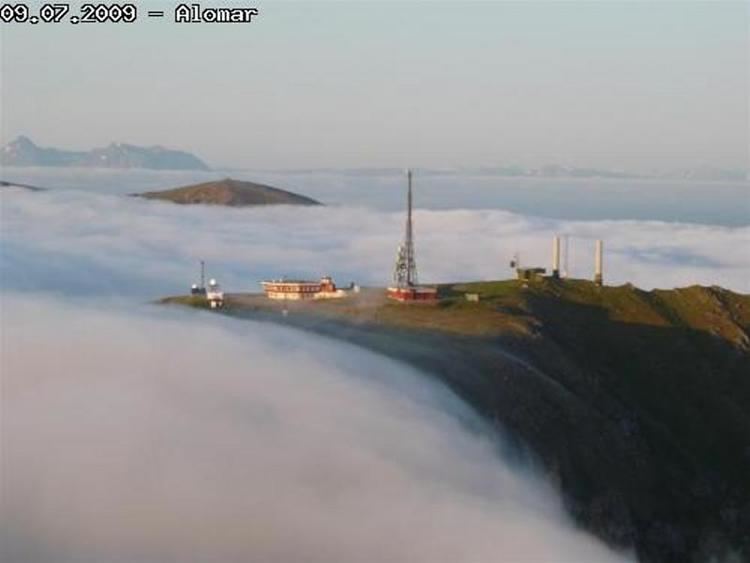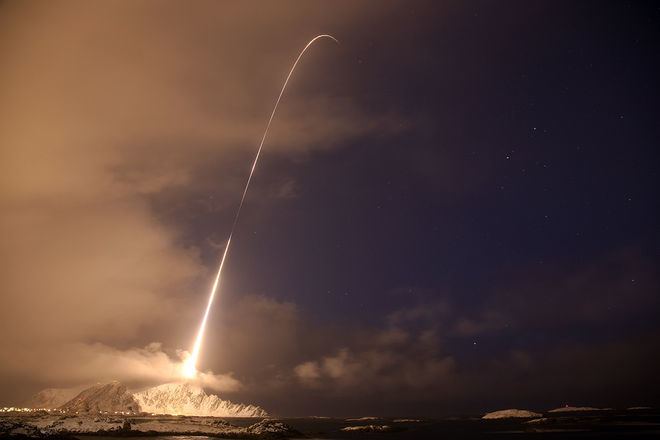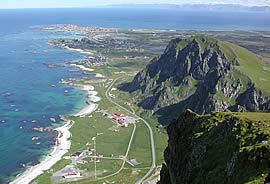 | ||
Launch of c rex at and ya space center nasa
Andøya Space Center, formerly named Andøya Rocket Range, is a rocket launch site and rocket range on Andøya island (the northernmost in the Vesterålen archipelago) in Andøy municipality in northern Norway. Since 1962, over 1,200 sounding rockets of all known configurations have been launched from this site.
Contents
- Launch of c rex at and ya space center nasa
- Mongoose 98 and ya space center
- History
- Orbital launch plans
- Pads
- References

Andøya Space Center is a civilian facility owned 90% by the Royal Norwegian Ministry of Trade and Industry, and 10% by Kongsberg Defence & Aerospace. It operates on a commercial basis but is operated by the Norwegian Space Centre, an agency of the Trade and Industry ministry.

Mongoose 98 and ya space center
History

From 1997, a second launch site at Ny-Ålesund, Svalbard was established, enabling scientists to launch sounding rocket straight in the polar cusp, where the earth's magnetic field lines converge.
A ground based lidar observatory, ALOMAR (Arctic Lidar Observatory for Middle Atmosphere Research) opened in 1994, and is considered unique in atmospheric research in the Arctic. The range is also host of northern Europe's largest MF-radar.

In 1995, a sounding rocket launched from Andøya caused a high alert in Russia, known as the Norwegian Rocket Incident. The Russians thought it might be a nuclear missile launched from an American submarine. President Boris Yeltsin was alerted for a possible counter strike, when the Russians understood that it was not heading towards Russia. The Russians were informed in advance about the launch by the rocket range personnel, but this information was lost in the Russian military organisation.
The space center changed its name from Andøya Rocket Range on June 6, 2014 to reflect an increased focus on also other activities than sounding rockets, though rocketry is still its main focus. Other activities are UAVs, lidar and radar measurements for atmospheric research and also a test center for missiles through its subsidiary Andøya Test Center.
Orbital launch plans
Andøya has been proposed as a spaceport for launching orbital Nanosatellite launch vehicles (NLVs). In January 2013, the Nammo company and the Andøya Rocket Range announced that they would be "developing a rocket system called North Star that will use a standardized hybrid motor, clustered in different numbers and arrangements, to build two types of sounding rockets and an orbital launcher" that would be able to deliver a 10 kg (22 lb) nanosat into polar orbit.
Pads
Andøya has six launch pads during all or part of its life as a launch site:
